Secondary windows

The primary benefits of secondary windows
Secondary windows—also known as interior storm windows, insulating panels, or secondary glazing systems—are a cost-effective, high-performance alternative to the full replacement of old, inefficient windows. Secondary windows simply attach to the interior or exterior of an existing (i.e., primary) window for quick installation, resulting in improved occupant comfort, health, and wellness—while reducing heating and cooling energy use by up to 20 percent.
Benefits
-
Saves energy and money
Secondary windows can reduce heating and cooling costs by up to 20% and costs 30–50% less than full window replacement—all while achieving the same performance as replacing windows with new high-performance models.
-
Improves tenant comfort and wellness
Secondary windows enhance tenant comfort across all U.S. climate zones by reducing air leakage, heat transfer, and outside noise. They further support occupant health by decreasing unwanted outdoor-air infiltration, reducing glare, and increasing access to natural daylighting.
-
Quick and easy installation
Installation takes as little as 20 minutes per window and involves little-to-no occupant disruption so windows can be installed during or after normal operating hours with no intrusive scaffolding, demolition, or abatement needed.
-
Seamlessly matches existing window aesthetic
Secondary windows replicates the look and feel of existing windows, retaining the building’s desired aesthetic. They’re available in highly customizable product options, including color, size, style, and window type leaving the building’s aesthetic intact—an important consideration for many historic buildings.
Featured project
When Portland law firm, SBH Legal, purchased their 1925 office building, they immediately noticed the road noise. While a full window replacement would be disruptive and cost prohibitive, they discovered a cost effective, easy-to-install alternative called secondary windows.
Resources
Product information
Case studies
Frequently asked questions
What is a secondary window?
Secondary windows—also known as internal storm windows, insulating panels, or secondary glazing systems—are a cost-effective, high-performance alternative to full window replacement for commercial buildings with old, inefficient windows. Secondary windows simply attach to the interior or exterior of an existing (i.e., primary) window for quick installation, resulting in improved occupant comfort, health, and wellness—while reducing heating and cooling energy use by up to 20 percent. Secondary windows achieve about the same performance as replacing windows with new high-performance models, but for as little as half the cost (depending on the product and application).
How do they work?
Secondary windows create an insulating pocket of air between the existing window and the secondary window to significantly reduce air leakage, outdoor air infiltration, and heat transfer. This results in fewer drafts, reduced outside noise, and significant energy savings. The addition of a low-e coating provides increased benefits by allowing daylight through, while reducing unwanted exterior heat gain and interior heat loss—which reduces glare and the fabric damage caused by UV light.
How are they installed?
With little-to-no occupant disruption, secondary windows can be installed during or after normal operating hours in as little as 20 minutes per window. Installation takes place inside, eliminating the need for intrusive scaffolding or large equipment during installation. Fully customizable, secondary window products make it easy to match the existing window aesthetic and retain the building’s current or desired look.
What are ideal applications for secondary windows?
Secondary window products work best in existing buildings with single- or double-paned windows without low-e coating or tint. In addition to helping bring these older buildings up to more modern levels of energy performance and comfort, secondary windows do not impact the building’s aesthetic—a big benefit for historic buildings. Secondary windows enhance tenant comfort and reduce noise infiltration from outside, making them especially effective for settings that place a premium on tenant comfort and noise reduction, including offices, hotels, and hospitals.
Combining the installation of secondary windows with other upgrades is a smart approach to maximizing energy savings and reducing project costs. It is best to sequence upgrades such that the quality and condition of the building’s envelope is the first consideration. By improving window performance (and air-leakage control), you can reduce the building’s HVAC load, which may present an opportunity to downsize the building’s heating and cooling equipment upgrade or replacement. Secondary window products with low-e coating can also impact lighting needs by reducing glare, thereby increasing the use of daylighting over blinds.
Where can I find secondary windows?
The Attachments Energy Rating Council (AERC), an independent, non-profit organization, offers a list of certified secondary windows.
AERC compiles this list by testing and certifying the energy performance of secondary window products. Their rigorous certification process includes product simulations, plant inspections, air-leakage testing, and individual product verification.
Case studies
Road noise disturbs the peace at Portland law firm
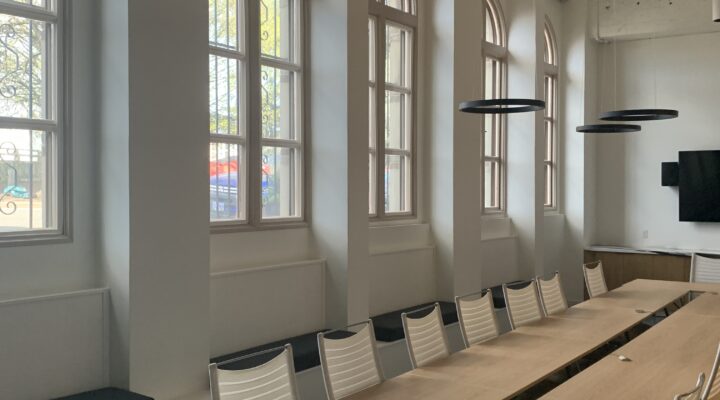
Secondary windows bring stellar savings for aerospace firm
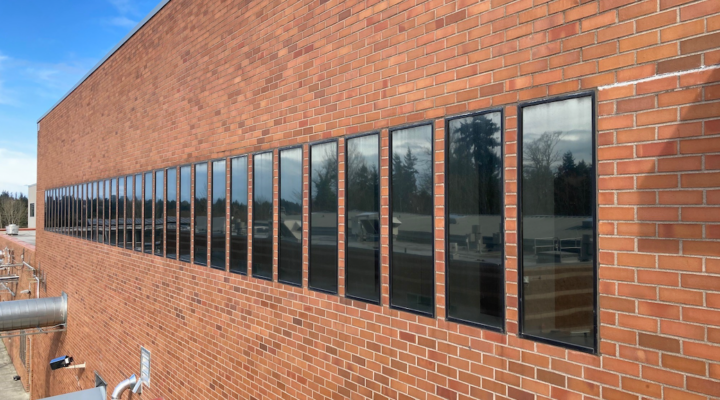
Secondary windows rejuvenate 1970s office building
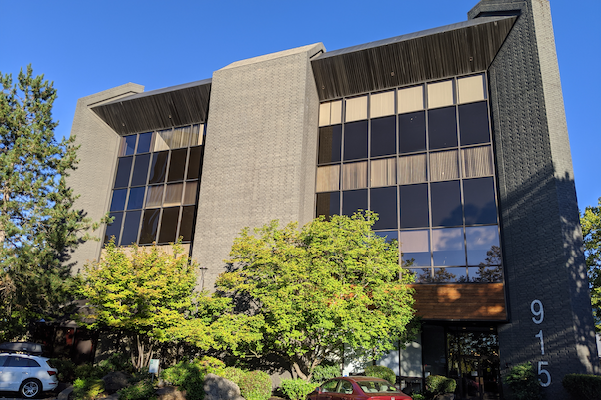
Secondary windows help lead the way to LEED certification
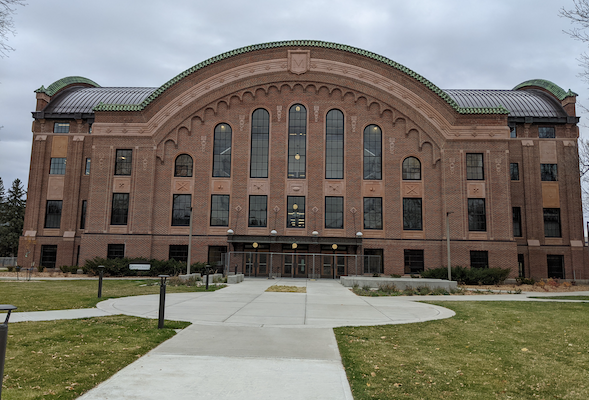
A window solution that meets LEED and preservation requirements
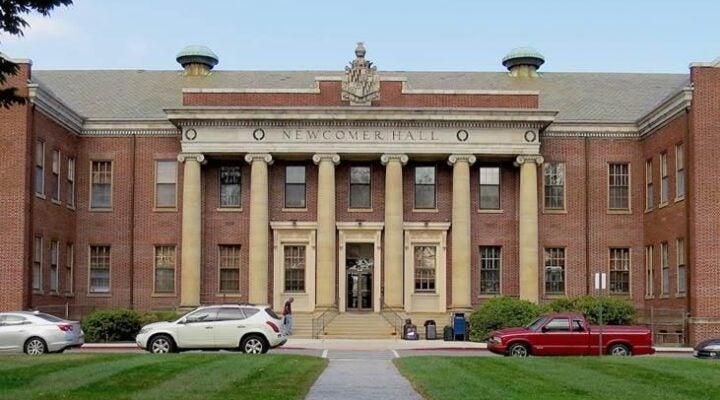
Secondary windows perform flawlessly at Carnegie Hall
